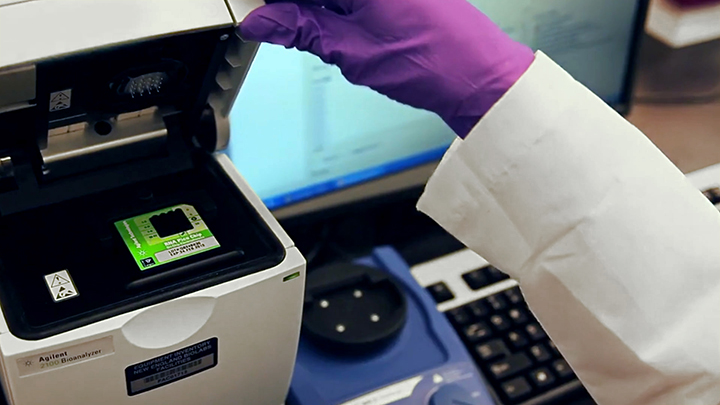Tips for Optimizing DNA Inputs in NGS Library Construction
Script
Here are some tips for optimizing DNA inputs in NGS library construction.
The integrity of your DNA is important to consider. Start with as high-quality DNA as possible. The quality of the input material directly affects the quality of the library DNA.
Quality can be assessed using gel electrophoresis impurities such as detergents or probes or damaged DNA can usually be seen as a smear on the gel.
RNA impurities are often seen at the bottom of the gel.
Absorbance measurements can also be used as an indication of DNA purity.
Ideally the ratio of the absorbance at 260 nanometers to 80 nanometers should be between 1.8 to 2.0.
Fluorescence-based detection which utilizes double-stranded DNA specific dyes such as the qubit from life technologies are more accurate than UV spectrometer-based measurements as the presence of RNA or other contaminants can result in overestimation of the DNA sample.
Related Videos
-

NEB® TV Ep. 4 – Next Generation Sequencing -

Tips for Optimizing RNA Inputs in NGS Library Construction

